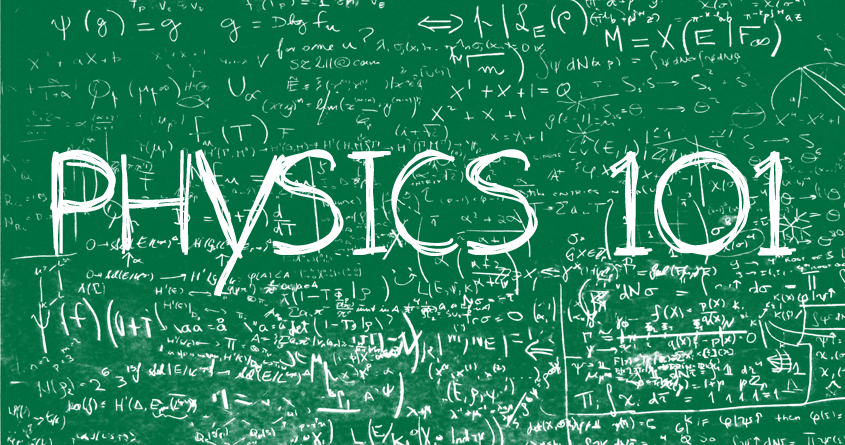Transportation Security Administration (TSA)
 TSA has
established guiding principles to maintain the security of the traveling
public and continuously set the standard for excellence in
transportation security. Any
inquiries about the policies and procedures of the TSA can be found by
searching there website or contacting their staff during business hours.
Visit Site
TSA has
established guiding principles to maintain the security of the traveling
public and continuously set the standard for excellence in
transportation security. Any
inquiries about the policies and procedures of the TSA can be found by
searching there website or contacting their staff during business hours.
Visit Site The FAA
provides air traffic services for the world’s largest and busiest
airspace. Tens of thousands of aircraft are guided safely and
expeditiously every day through America’s National Airspace System to
their destinations. For a value of aviation news and information you can
browse their website. Visit Site
The FAA
provides air traffic services for the world’s largest and busiest
airspace. Tens of thousands of aircraft are guided safely and
expeditiously every day through America’s National Airspace System to
their destinations. For a value of aviation news and information you can
browse their website. Visit SiteThis is a TSA approved security program in which authorized crew members are trusted to forgo security line. Use this link to check if a specific airport has a Known Crewmember line. Visit Site
Global Entry
 This is especially beneficial for International Flight
Attendants. Global Entry is a U.S. Customs and Border Protection (CBP)
program that allows expedited clearance for pre-approved, low-risk
travelers upon arrival in the United States. Visit Site
This is especially beneficial for International Flight
Attendants. Global Entry is a U.S. Customs and Border Protection (CBP)
program that allows expedited clearance for pre-approved, low-risk
travelers upon arrival in the United States. Visit Site The Association of Flight Attendants (AFA-CWA)
The Association of Flight Attendants (AFA-CWA)The world’s largest labor union. AFA represents nearly 60,000 flight attendants at 19 airlines, serving as a voice for flight attendants at their workplace. the goal of flight attendants who become part of AFA-CWA is to negotiate better pay, benefits, working conditions and work rules at their airline, and to improve their safety on the job. Visit Site
Association of Professional Flight Attendants (APFA)
The Association of Professional Flight Attendants is the official bargaining representative for all of the US-base flight attendants at American Airlines. APFA is also the largest independent Flight Attendant Union in the nation, representing ONLY American Airlines Flight Attendants. All APFA Representatives are also AA Flight Attendants. Visit Site
Turbulence Forecast is a tool that can be used to give an estimate on how turbulent your flight might Visit Site
 Airline Ambassadors International (AAI)
Airline Ambassadors International (AAI)Airline Ambassadors International (AAI) helps orphans and vulnerable children worldwide by leveraging connections with the airline industry towards humanitarian service. We are the only charity of the overall airline industry.
Their volunteers escort children for life changing medical care, hand deliver humanitarian aid to children in orphanages, clinics and remote communities and advocate and educate and advocate on child protection and human trafficking awareness. Visit Site
 United Nations Childrens Fund (UNICEF)
United Nations Childrens Fund (UNICEF)Change for Good is an innovative partnership between UNICEF and the international airline industry. Established in 1987, it is one of UNICEF's best-known and longest-running partnerships. Currently eleven international airlines support the Change for Good program. Thanks to the generous support of customers and participating airlines, the global Change for Good program has generated more than $120 million that UNICEF has used to provide a healthier, happier future for millions of children. Visit Site
 Founded in 2005, FlightAware was the first company to offer
free flight tracking services for both private and commercial air
traffic and quickly rose to become the most popular flight tracking
service.
Founded in 2005, FlightAware was the first company to offer
free flight tracking services for both private and commercial air
traffic and quickly rose to become the most popular flight tracking
service.FlightAware currently provides private aviation flight tracking in over 45 countries across North America, Europe, and Oceania, as well as global solutions for aircraft with datalink (satellite/VHF) via every major provider, including ARINC, Garmin, Honeywell GDC, Satcom Direct, SITA, and UVdatalink. FlightAware also continues to lead the industry in free, worldwide airline flight tracking and airport status for air travelers.
FlightAware's seamless integration of over 50 real-time, worldwide data sources combined with FlightAware's powerful, intuitive, responsive, and reliable web-based interface yield the most capable and useful flight tracking application and service. Visit Site







